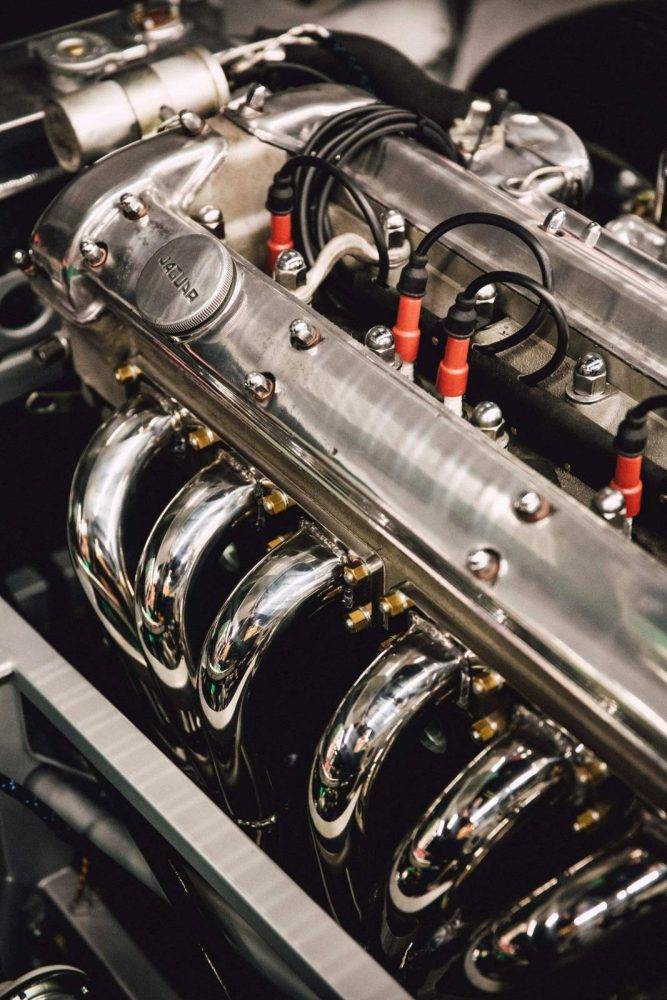In the ever-evolving automotive industry, trends come and go. But some endure and evolve into industry standards.
For example, the fourth generation of the Honda Inspire was the first to introduce lane-keeping assistance in 2003, marking the beginning of a safety revolution. Since then, most manufacturers have adopted the technology, and developed their version of it, with different features and capabilities.
However, not all automotive trends are as successful as that.
You may recall that in 2012, Fiat introduced an espresso-maker in its 500L. It was a complete flop as most people preferred other ways of getting their caffeine fix.
This brings us to the issue at hand — the engine downsizing trend, which has been a serious topic in most boardrooms as tighter emission regulations, as well as improved efficiency considerations, become more prevalent.
But what does it entail?
As the name suggests, engine downsizing involves using smaller engines, derived from larger engines, with the same or higher power output, to improve efficiency, reduce emissions and comply with tighter environmental regulations.
Several features, including electrification, supercharging and turbocharging can be used to enable this technology.
Mercedes-Benz, BMW, Ford, Audi, Porsche, Renault and Volkswagen, to name a few, have been doing it in recent years. For some, it has worked and for some, it hasn’t.
Like most inventions in the motoring industry, engine downsizing has its advantages and disadvantages. We take a look at some of the pros and cons.
Advantages of downsizing
The main reason for engine downsizing is to meet tighter emission restrictions. Smaller engines, with the same or more power output as the larger, burn less fuel and produce less CO2.
For example, Mercedes-AMG is the latest marque to downsize an engine, taking that of the C63 from the brutal 4.0-litre Bi-Turbo V8 to the mild-hybrid 2.0-litre M139 four-cylinder turbo-petrol unit.
It has been used in other vehicles in its range too.
This was done to comply with the stricter emissions regulations, to improve fuel economy, as well as to optimise the driving dynamics and handling of the C63 due to its lighter weight.
But besides all this law-abidingness, engine downsizing can also bring down costs and boost reliability. How, you wonder?

Well, a smaller engine normally has fewer parts and components, which reduces manufacturing and maintenance expenses.
Another important factor is weight reduction. Compact engines are lighter, which significantly lowers the overall weight of the car, and as you’ve guessed, this translates to better handling, agility and performance.
Smaller engines are also well suited for hybrid and electric adaptability. Because of their size, hybrid and electric components can be installed in a more convenient location. This is a crucial consideration for integrating them seamlessly into the vehicle’s design.
Among the manufacturers that have successfully followed the downsizing trend is BMW.
The German marque did it with its twin-power turbocharged engines, used across its range, including the 3 and 5 Series models, and has been praised for delivering strong performance and superb efficiency.
Volkswagen has also done it with its TSI engines, which offer improved fuel consumption and reduced emissions, without sacrificing performance.
Even today, in 2023, it continues to surprise us how manufacturers can extract so much power from a small engine.
Downsizing disadvantages
Despite the advantages of downsizing manufacturers cannot escape the reality that it’s not a simple solution but a trade-off that requires high levels of engineering and optimisation.
Among the disadvantages are less reliability and longevity.
Downsizing can lead to decreased durability and reliability over time due to increased stress on the smaller engine.
In addition, downsized engines tend to perform worse in real-world driving emission tests than their larger counterparts.
There are also sacrifices to be made when it comes to driving pleasure and comfort.
Those with good memories may recall when Mercedes-Benz wanted to discontinue its naturally aspirated V8 engines in favour of the turbocharged V6.
That move never materialised due to the engines failing to deliver on their emission promises — and they were not as enjoyable for drivers as the mighty V8s.
Porsche went the same route with its 718 Boxster and Cayman in 2016. It traded the previous model’s naturally aspirated 2.7-litre and 3.4-litre flat-six engines for smaller 2.0-litre and 2.5-litre flat-four engines which had more oomph and torque, but also more lag.
The engines lacked the character to suit the sporty nature of the cars while also sounding muted and lacking the emotional appeal of the old ones.
Mercedes-AMG has been dominating the news since it announced that its C63 and C43, among others under the AMG banner, will be ditching the 4.0-litre V8 and 3.0‑litre V6 engines for a much smaller, electrified, M139 2.0-litre turbocharged petrol unit.
Sometimes less is more but, in this case, I’m sure many will agree that the setup isn’t best suited for this application, and as far as we know, enthusiasts aren’t having any of it.
The C43, for instance, isn’t what it used to be, despite having more power than before. It is less charismatic and it’s heavy at 1 840kg versus its forebear’s 1 690kg. As you know, a car’s weight is one of its greatest enemies.
Will downsizing work? Well, there is no definitive answer to that since there are many factors to look at, including customer preferences.
The automotive field is massive and diverse and not all manufacturers have found their way around this intricate trend.
Not all of them have been able to successfully reassess the technology to achieve the optimal balance between efficiency, power, reliability, and comfort.
On the other hand, some have found their rhythm, and they are reaping the rewards of improved efficiency and reduced emissions while offering customers unmatched levels of driver engagement.
The opportunities for electrification increase as the downsizing trend continues.